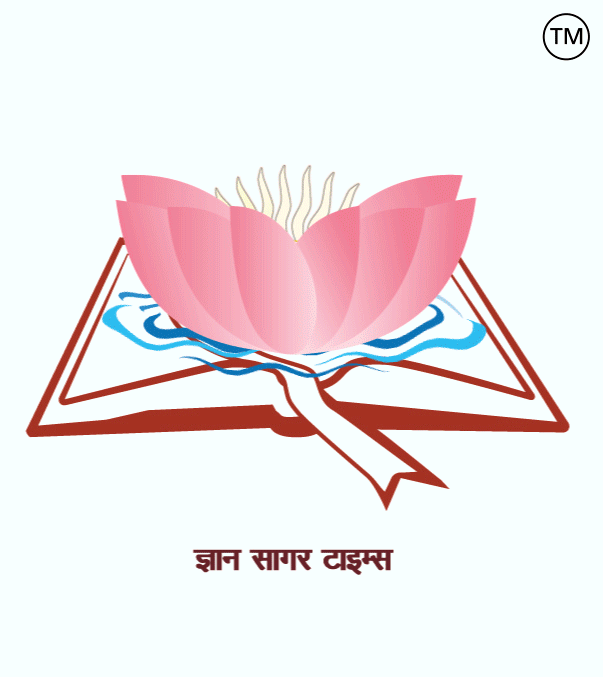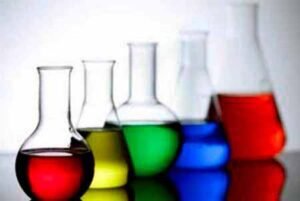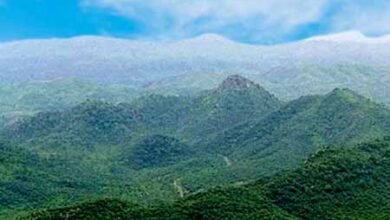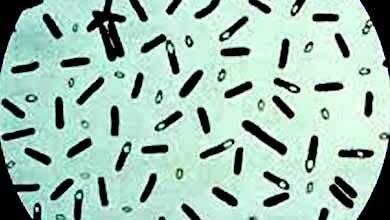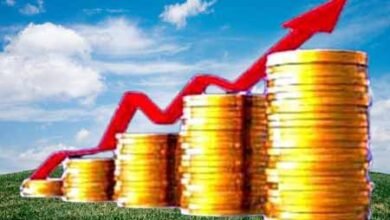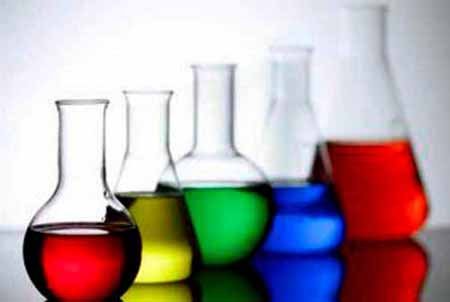
Related to Chemistry- 200.
|
1. The aqueous solution of which salt turns red litmus blue? = Hydrochloric acid (HCl). 2. Which instrument is used to test the acidity of an aqueous solution? = pH meter and litmus paper. 3. What is the number of neutrons in an atom of hydrogen? = Zero (0). 4. The change in which the physical properties of a substance change is called? = Physical change. 5. Atomic weight of which element is used as a standard? = Isotope of carbon-12. 6. Which element is most electronegative? = Fluorine. 7. Who discovered the proton? = Ernest Rutherford. 8. Who discovered the electron? = British physicist J.J. Thomson. 9. In which particles is the dual nature of particle-wave found? = Electron. 10. Chemical name of quicklime? = Calcium hydroxide {Ca(OH)₂}. 11. Chemical name of sulfurous acid? = Hydrogen sulfate (H₂SO₄). 12. Anti-particle of an electron? = positron. 13. What is plaster of Paris made of? = Gypsum. 14. How are two electrons in an orbit distinguished? = Based on spin quantum number. 15. Alloys have? = Same weight number but different atomic number. 16. Which metal is formed by mixing copper and tin? = Bronze. 17. One component of an amalgam is always? = Mercury. 18. The temperature at which a solid melts and becomes a liquid is called? = Melting point. 19. What is the chemical name of ‘hypo’ used in photography? = Sodium thiosulfate. 20. Producer gas is a mixture of? = A mixture of carbon monoxide (CO), hydrogen (H₂) and nitrogen (N₂). 21. Which is not a fuel element? = Helium. 22. Which acid is found in grapes? = Tartaric acid. 23. Who gave the ‘Law of Octaves’? = British chemist John Newlands. 24. What is the process of melting called? = Fusion. 25. Chemical name of ‘baking soda’? = Sodium bicarbonate (NaHCO₃).
=========== ============ ============ रसायन विज्ञान से संबंधित-200. 1. किस लवण का जलीय विलियन लाल लिटमास को नीला कर देता है? = हाइड्रोक्लोरिक एसिड (HCl). 2. जलीय विलियन की अम्लता का परीक्षण किस उपकरण से किया जाता है? = pH मीटर और लिटमस पेपर. 3. हाइड्रोजन के एक परमाणु में न्यूट्रोनों की संख्या कितनी होती है? = शून्य (0) होती है. 4. वह परिवर्तन जिसमें किसी पदार्थ के भौतिक गुणों मे परिवर्तन हो जाता है उसे कहते हैं? = भौतिक परिवर्तन. 5. किस तत्व का परमाणु भार मानक के रूप प्रयोग किया जाता है? = कार्बन-12 के समस्थानिक. 6. कौन-सा तत्व सर्वाधिक विधयुत ऋणात्मक होता है? = फ्लोरीन. 7. प्रोटोन की खोज किसने की थी? = अर्नेस्ट रदरफोर्ड. 8. इलेक्ट्रॉन की खोज किसने की थी? = ब्रिटिश भौतिक विज्ञानी जे.जे. थॉमसन. 9. कणीय-तरंग की द्विप्रकृति किन कणों में पाई जाती है? = इलेक्ट्रॉन. 10. बुझे चुने का रासायनिक नाम? = कैल्शियम हाइड्रॉक्साइड {Ca (OH)₂ }. 11. सल्फ्यूरस अम्ल का रासायनिक नाम? = हाइड्रोजन सल्फेट (H₂SO₄). 12. इलेक्ट्रॉन का एंटी-पार्टिकल? = पॉज़िट्रॉन. 13. प्लास्टर ऑफ पेरिस किससे बनता है? = जिप्सम. 14. किसी कक्षा में दो एलेक्ट्रोनों में अंतर कैसे किया जाता है? = प्रचक्रण क्वान्टम संख्या के आधार पर. 15. संभारकों में होता है? = समान भार संख्याएं किन्तु विभिन्न परमाणु संख्याएं. 16. तांबा और टिन मिलाने से किस धातु का निर्माण होता है? = कांसा (Bronze). 17. किसी अमलगम का एक घटक सदा होता है? = पारा (Mercury). 18. जिस तापमान पर ठोस पिघलकर द्रव बन जाता है उसे कहते हैं? = गलनांक (melting point) कहते हैं. 19. फोटोग्राफी में प्रयुक्त किया जाने वाले ‘हाइपो’ का रसायनिक नाम है? = सोडियम थायोसल्फेट (Sodium thiosulfate). 20. प्रोड्यूसर गैस किसका मिश्रण है? = कार्बन मोनोऑक्साइड (CO), हाइड्रोजन (H₂) और नाइट्रोजन (N₂) का मिश्रण है. 21. कौन-सा ईंधन तत्व नहीं है? = हीलियम. 22. अंगूर में कौन-सा एसिड पाया जाता है? = टार्टरिक एसिड. 23. किसने ‘ओक्टेव्स का कानून’ दिया था? = ब्रिटिश रसायनज्ञ जॉन न्यूलैंड्स. 24. गलने की प्रक्रिया को क्या कहा जाता है? = संलयन. 25. ‘बेकिंग सोडा’ का रसायनिक नाम? = सोडियम बाई कार्बोनेट (NaHCO₃).
|

